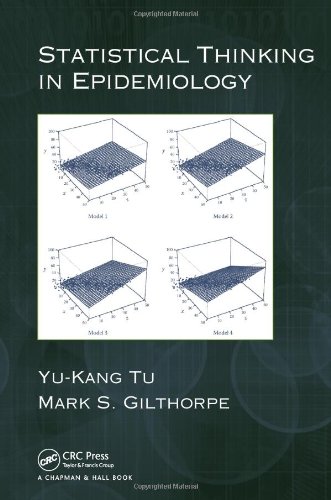

Most ebook files are in PDF format, so you can easily read them using various software such as Foxit Reader or directly on the Google Chrome browser.
Some ebook files are released by publishers in other formats such as .awz, .mobi, .epub, .fb2, etc. You may need to install specific software to read these formats on mobile/PC, such as Calibre.
Please read the tutorial at this link: https://ebookbell.com/faq
We offer FREE conversion to the popular formats you request; however, this may take some time. Therefore, right after payment, please email us, and we will try to provide the service as quickly as possible.
For some exceptional file formats or broken links (if any), please refrain from opening any disputes. Instead, email us first, and we will try to assist within a maximum of 6 hours.
EbookBell Team

5.0
78 reviewsWhile biomedical researchers may be able to follow instructions in the manuals accompanying the statistical software packages, they do not always have sufficient knowledge to choose the appropriate statistical methods and correctly interpret their results. Statistical Thinking in Epidemiology examines common methodological and statistical problems in the use of correlation and regression in medical and epidemiological research: mathematical coupling, regression to the mean, collinearity, the reversal paradox, and statistical interaction.
Statistical Thinking in Epidemiology is about thinking statistically when looking at problems in epidemiology. The authors focus on several methods and look at them in detail: specific examples in epidemiology illustrate how different model specifications can imply different causal relationships amongst variables, and model interpretation is undertaken with appropriate consideration of the context of implicit or explicit causal relationships. This book is intended for applied statisticians and epidemiologists, but can also be very useful for clinical and applied health researchers who want to have a better understanding of statistical thinking.
Throughout the book, statistical software packages R and Stata are used for general statistical modeling, and Amos and Mplus are used for structural equation modeling.